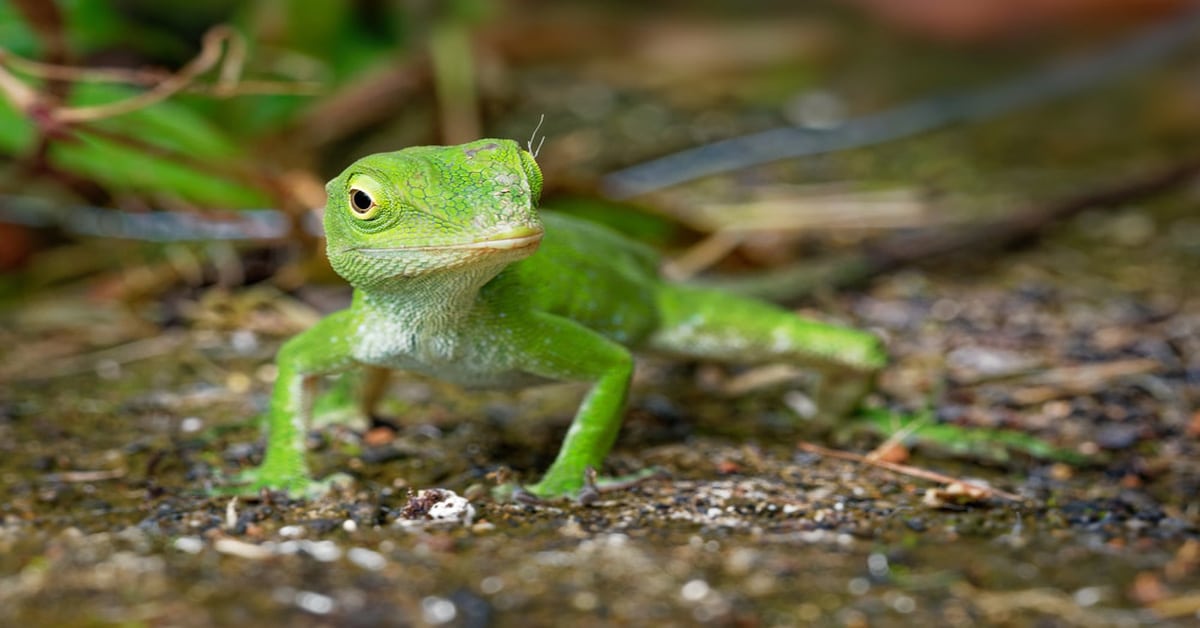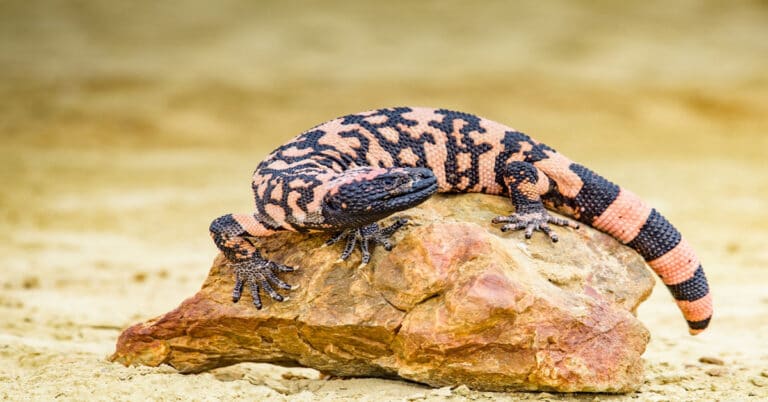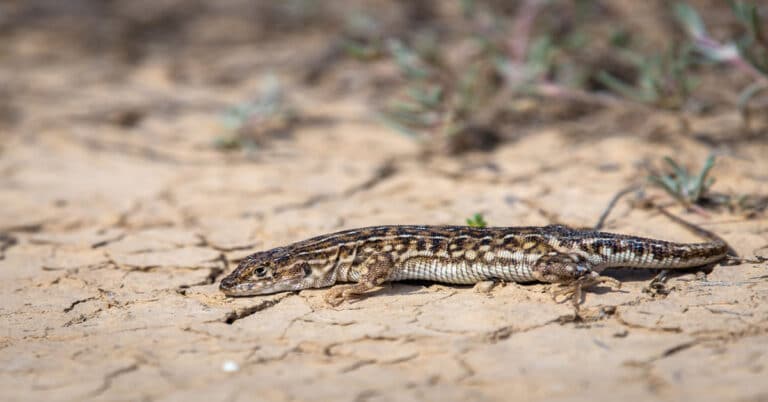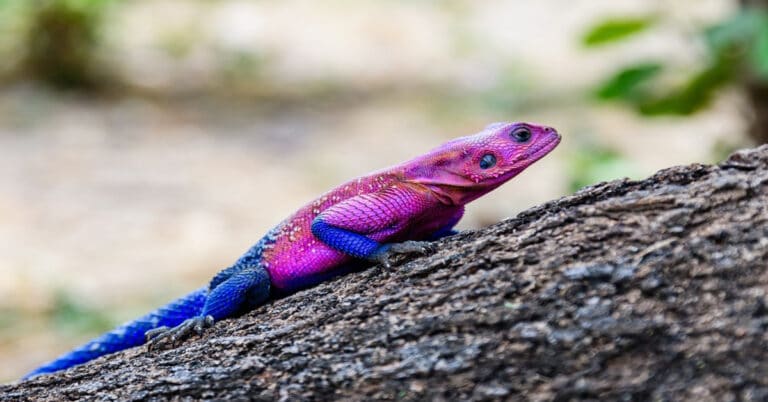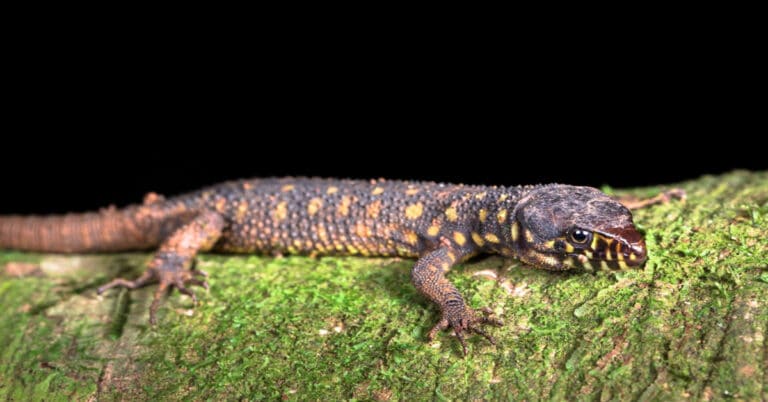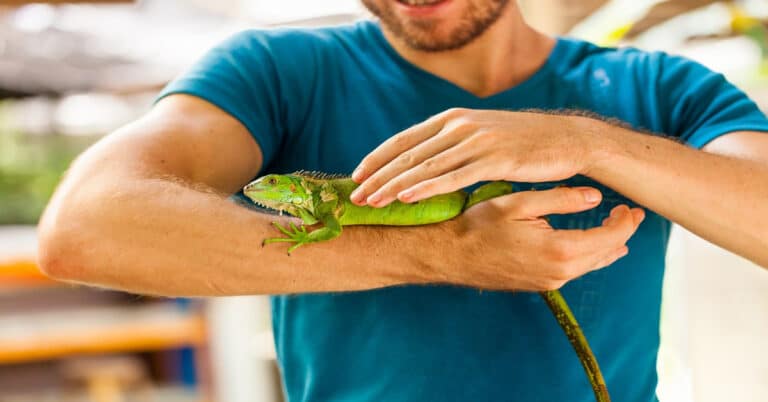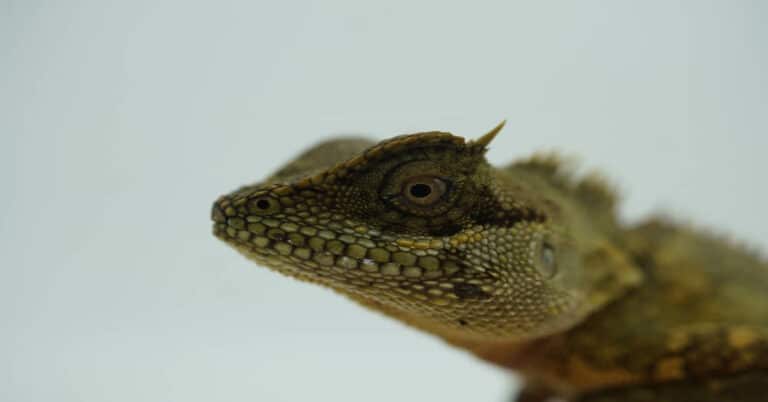Anole Lizard
Scientific Classification
| Kingdom: | Animalia |
| Phylum: | Chordata |
| Subphylum: | Vertebrata |
| Class: | Reptilia |
| Order: | Squamata |
| Suborder: | Iguania |
| Family: | Dactyloidae |
| Genus: | Anolus |
The anoles or anolis belongs to the Dactyloidae family and is a genus of Iguanian (anole) lizards. These lizards are at times referred to as Anoles or Anole Lizards; they are small in size and are common lizards that you often see in different areas in the Western parts of the earth, all over the southeastern provinces of the United States and the Caribbean. The species that occur in North America, and many others of their species, exhibit a green hue; hence they rightly call them the Green Anole Lizard. The anole lizard can alter its color depending upon the environment as well as attitude. Anoles are a very extensive group that boasts large numbers. At present, there are around 372 known species.
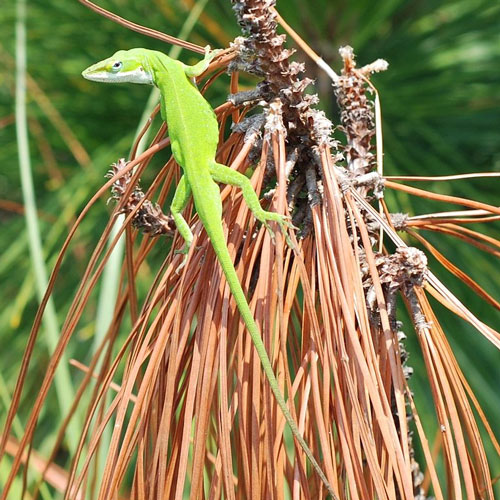
Anatomy
Most of the anoles are 8 to 18 cm (3-7inches) long. Certain species, like the Knight Anole, exceeds 12 inches (300mm) in their length; certain Knight Anole male species reach up to 20 inches (510 mm) long. , Each time it breaks, their tail grows over and over again. A lucky Anole lizard is likely to have lives that exceed that of a cat.
Behavior
Anole Lizards are diurnal. Both the females and males spend most of the day time in search of food. The green anoles are identified from their other relatives by their behavior in predating their prey using their multiple assets to capture their prey.
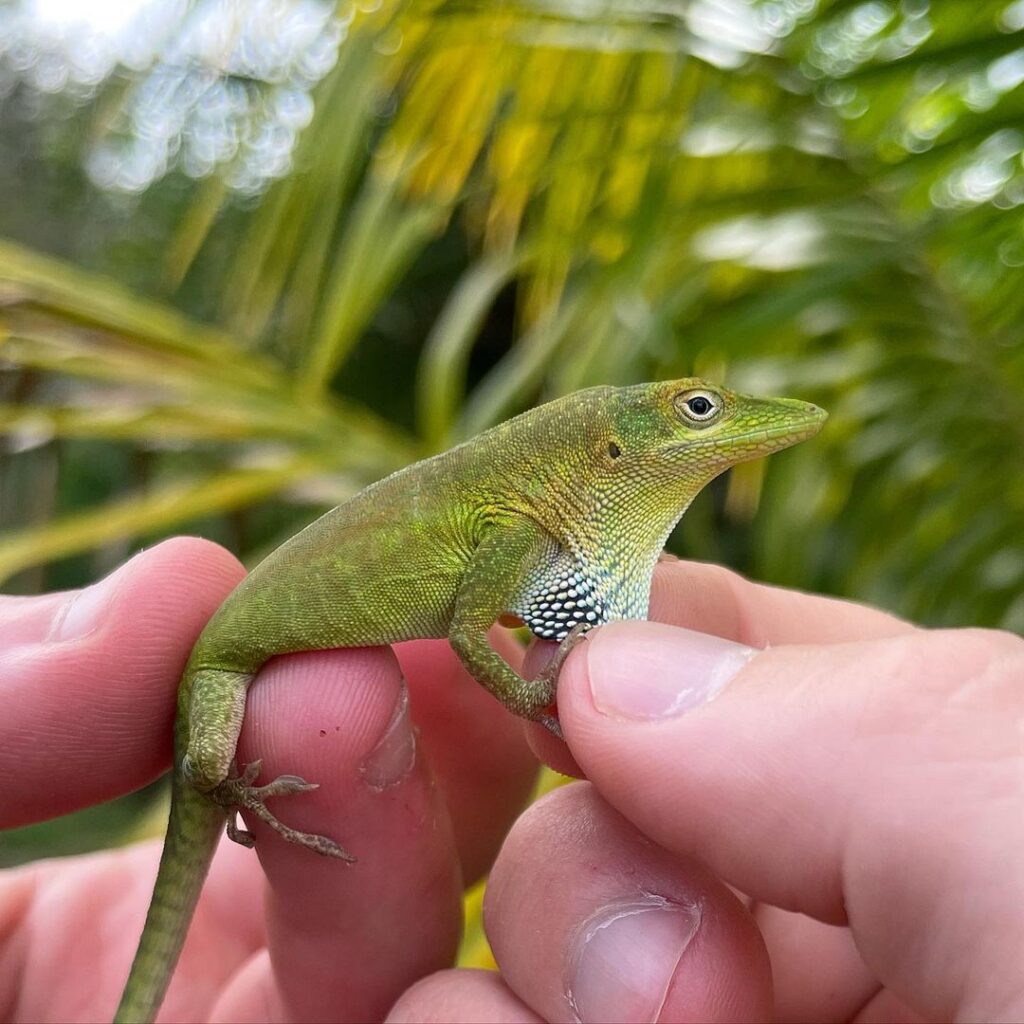
Habitat
All over the Western parts of the earth, the southeastern provinces of the Unites States and the Caribbean, we come across the common and small lizards. The brown colored Anoles are mainly terrestrial and confine their dwelling to the bushes and branches that are at the lower level, whereas the Anole Lizards with green coloration remain on the higher branches. Brown colored anoles extend upto Eastern Texas.
As a Pet
Breeding
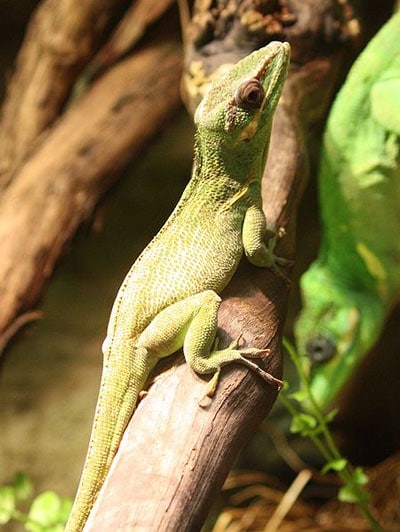
Under suitable and favorable circumstances, the Anoles lizards in captivity breed or make an attempt to do sot. Following a brumation period( a periodical awakening for feeding), breeding takes place regularly during the months of summer and spring. Keep them at low temperatures (65 – 700 F at day and as low as 600 F during the night) for many weeks and a photo period of short duration (8 hours than the normal 14 hours). During this period they are likely to eat; so feed them, but do not compel them to eat. Never brumate thin or weak anoles. Ensure the Anole Lizards are healthy and get enough vitamins and UVB, and particularly calcium. Make sure that you skillfully gut-load the prey before feeding your pets.
Housing
An enclosure that measures 2’ x 2’ x2’ is apt, although providing the biggest cage has been always the finest option. A glass terrarium works well, topped with either a mesh or a screen. For the substrate, use a layer of peat moss above rough gravel or calcium sand. Use large gravel so that the lizard does not swallow the gravel easily. Include natural plants, branches and a few rocks because Anole Lizards are fond of hiding and climbing.
Some of the Anoles learn to quench their thirst from a shallow dish, although misting the tank, two times in a day allows the lizard to drink the collected water. The drip system you use for the real chameleons can do well for these lizards also.
These fellows prefer to hang and climb. Therefore, place some artificial branches and plants inside the tank. The perfect temperature necessary for a captive anole is 75 to 80 degrees having a high on the warm region of 90 degrees (courtesy of the basking lamp) and normal temperature of 75 to 80 degrees. These animals are diurnal, so a night-time light as well as day time heat lamp is a must.
Food
Their food comprises of living insects of a size proportionate to their size. Anoles enjoy (gut loaded) crickets, butter worms, flies, spiders, wax worms and tiny creepy stuff seen near the house. They often reject still or dead stuff, hence ensure that you attract your latest lizard with living insects.
Handling
These small animals are more for show. It is hard to tame them as get stressed if they are cornered. In case they feel disturbed or harassed, they also change their color. They perform better when left on their own and just monitored. It is important to allow an anole lizard to adjust to their latest environment and their routine. Anoles are capable of breaking off their tails when in danger or when something scares them. Therefore, never lift up your latest lizard by its tail. After taming, you can try to start handling if he does not resist.

Having discovered a fondness for insects while pursuing her degree in Biology, Randi Jones was quite bugged to know that people usually dismissed these little creatures as “creepy-crawlies”.

